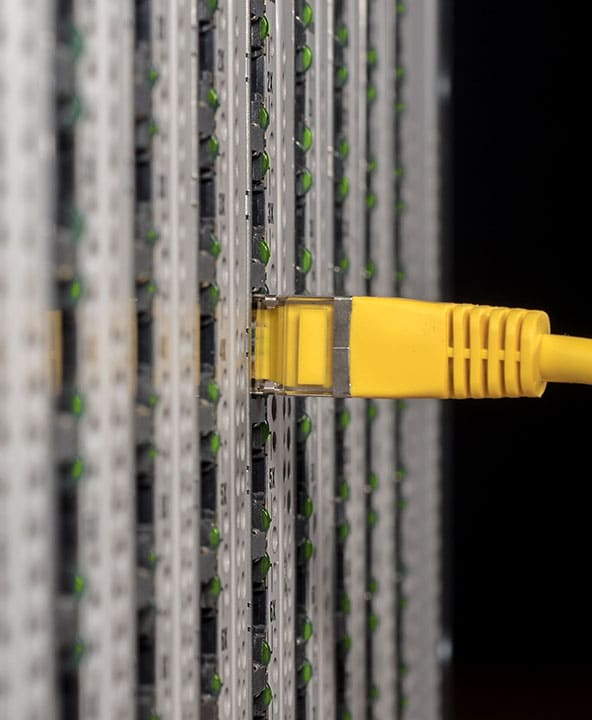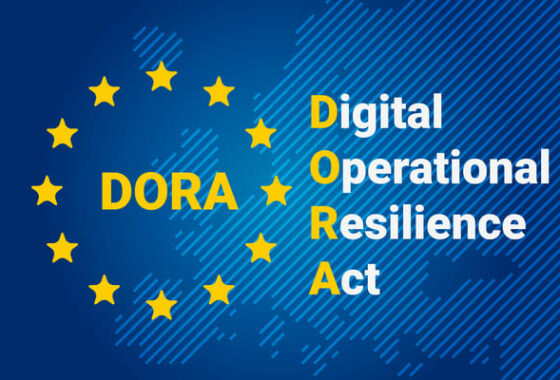
What is disk encryption?
Disk encryption is a technology designed to protect data contained on an information storage medium. It converts readable data (or “clear” data) into unreadable code (or “encrypted” data), using algorithms. An authentication step and an encryption key are then required to unlock the information storage system and access the protected data.
Data encryption can be applied to the entire disk (including the boot sector), to file systems, or to volumes and blocks. There are two main categories of encryption mechanisms:
- hardware encryption: the encryption protocol is implemented in the storage medium (hard disk, USB key, etc.) or integrated into a component such as the processor or motherboard.
- software encryption : encryption is provided by software such as BitLocker, integrated into Windows; VeraCrypt, developed from TrueCrypt; dm-crypt, integrated into the Linux kernel; and so on. They provide “on-the-fly encryption”, with data being encrypted and decrypted as it is read and written.
Disk encryption used to protect your data must be distinguished from ransomware encryption, malware that encrypts your information in order to demand a ransom in exchange for the encryption key. It should also be noted that the terms “encrypt” and “data encryption” are improperly used in either context.


















